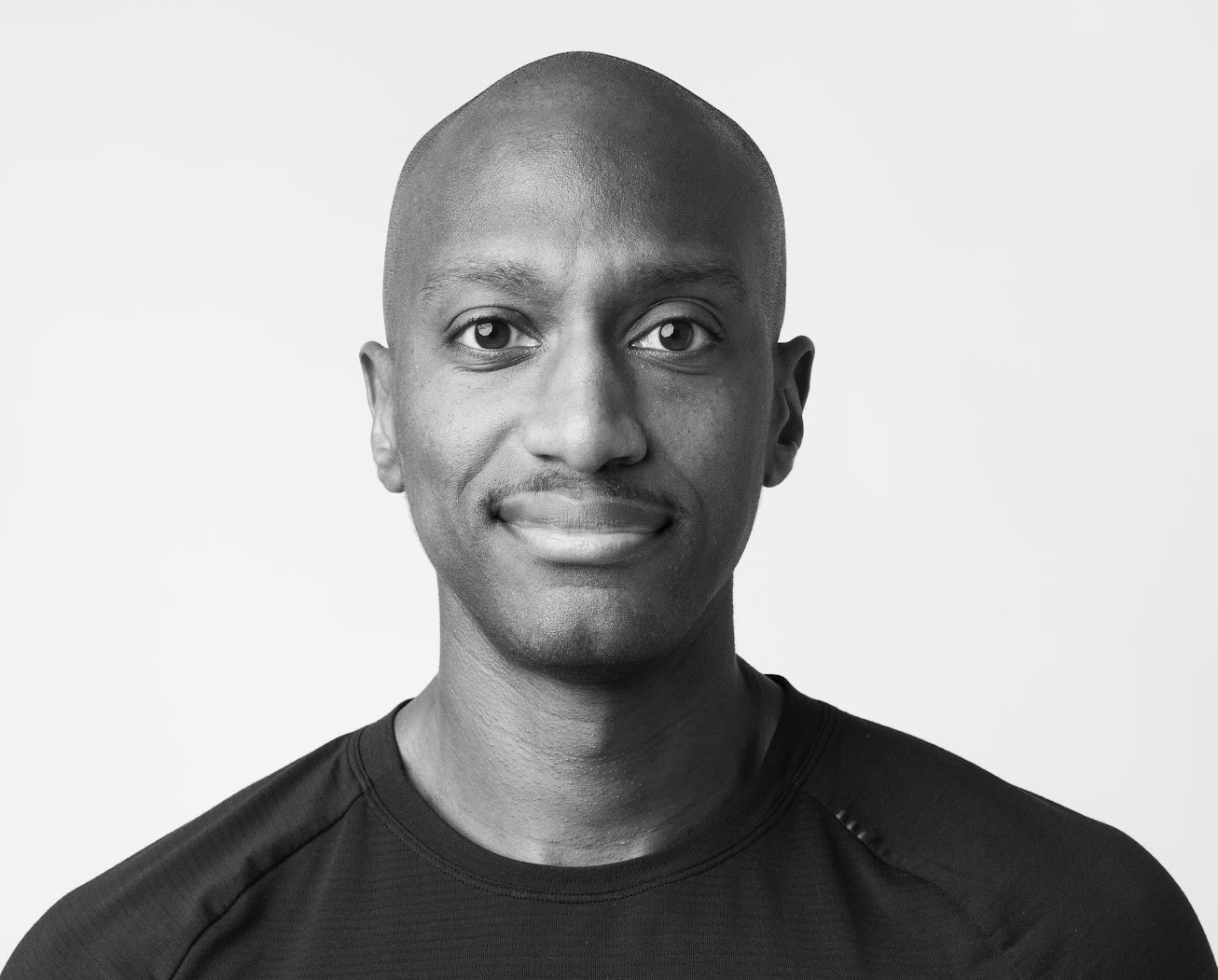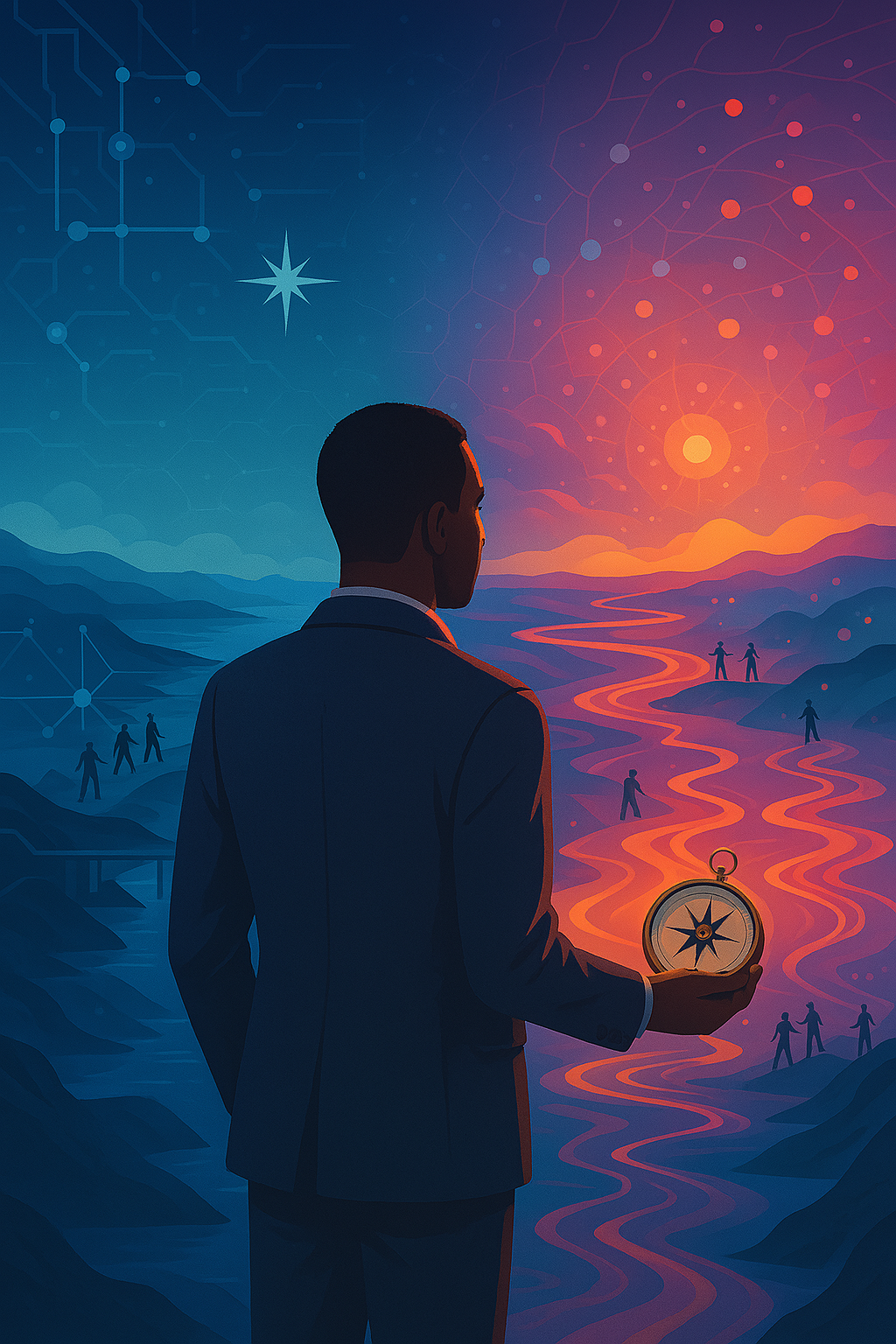Leadership Lessons from the AI Frontier: My OpenAI Experience

Howard Ekundayo
January 16, 2025

When I joined OpenAI to lead the ChatGPT Core Experiences engineering team, I stepped into one of the most demanding and intellectually stimulating leadership environments of my career. The pace of innovation, technical complexity, and societal implications of our work created unique challenges that transformed my approach to engineering leadership. Today, I'm sharing the most valuable lessons I learned at the frontier of AI development.
Build Experimentation Frameworks Early
At OpenAI, I quickly discovered that traditional product development approaches were insufficient for the rapid evolution of AI capabilities. The most successful teams were those that established robust experimentation frameworks from day one. These frameworks weren't just technical infrastructures—they were philosophical approaches to innovation.
A proper experimentation framework includes clear hypothesis formation, metrics definition, experiment design, and evaluation criteria. But beyond these components, effective frameworks in AI contexts must also incorporate ethical considerations, potential misuse vectors, and rigorous documentation of decision pathways.
Creating this framework early allowed my team to move faster while maintaining scientific rigor. This approach should be updated continuously as you learn more about your models, users, and problem space.
Meetings Must Serve Higher Purposes
At the cutting edge of AI development, time is your most precious resource. One of my most transformative realizations was that meetings should never be used for status updates or information dissemination. These functions can be handled asynchronously through documentation.
Instead, I restructured our team meetings around three purposes only:
- Rapport building: Creating psychological safety and trust between team members developing technologies with profound implications
- Strategic alignment: Ensuring everyone understood not just what we were building, but why it mattered and how it connected to OpenAI's broader mission
- Feedback exchange: Creating space for constructive critique and collaborative problem-solving on our most challenging issues
This approach dramatically improved meeting productivity and team satisfaction. Engineers felt their time was respected, and the quality of our collaborative work improved as we focused our synchronous time on high-value interactions that couldn't happen effectively through documentation.
"In AI development, your limiting factor isn't technical ability—it's focus. The teams that succeed are those that fiercely protect their cognitive bandwidth while maintaining deep collaboration."
Enable Focus Through Explicit Distraction Removal
Working with cutting-edge AI creates a unique challenge: the technology itself is so fascinating that engineers can easily get pulled into interesting but non-critical explorations. While intellectual curiosity drives innovation, it must be balanced with execution discipline.
I learned to be much more explicit about removing distractions than I had been in previous leadership roles. This meant:
- Creating clear documentation of what was explicitly out of scope for each project phase
- Establishing dedicated exploration time separate from core development work
- Implementing "focus mode" periods where the team was protected from internal requests and meetings
- Personally filtering incoming requests and only surfacing those that truly required the team's attention
When we were working on improving client performance, I noticed how easy it was for engineers to get sidetracked by interesting model behavior they observed during testing. By explicitly creating boundaries around our focus areas, we improved our delivery velocity while still capturing valuable observations for future exploration.
Communicate with Executives Differently
In high-stakes, fast-moving AI organizations, executive communication requires a different approach. I learned that executives valued frequency and candor over polish. The most effective updates were:
- Brief, unpolished, and frequent rather than comprehensive and infrequent
- Focused on key decision points rather than exhaustive detail
- Transparent about uncertainties and challenges
- Connected clearly to business and mission objectives
This approach built trust with leadership while reducing the burden on engineering teams to create perfect presentations. It also ensured that executives had current information to make critical decisions in a rapidly evolving landscape.
Everything Is a Trade-off
Perhaps the most profound lesson from my time at OpenAI was internalizing that everything in AI development—absolutely everything—represents a trade-off. In traditional software development, certain principles might be considered inviolable: thorough code reviews, comprehensive testing, detailed documentation. In frontier AI development, I learned that even these foundational practices must sometimes be weighed against other priorities.
This doesn't mean abandoning good engineering practice. Rather, it means developing a sophisticated understanding of when and how to make calculated compromises. Some examples:
- Accepting less test coverage in exchange for faster iteration when exploring a new capability
- Prioritizing user safety mechanisms over performance optimizations
- Choosing simplified architectures that more engineers can understand over more elegant but complex solutions
The key insight is that nothing can be a "sacred cow" in frontier AI development. Each decision must be evaluated based on its specific context and the current highest priorities. This mindset—understanding trade-offs rather than adhering to absolutes—was essential for navigating the complex landscape of AI development.
Craft Meaningful Team Missions
In an industry where burnout is common and competition for talent is fierce, I discovered that team mission statements needed to go beyond the usual corporate language. Effective missions in AI development organizations must be:
- Clear: Easily understood and remembered
- Potent: Connected to meaningful impact in the world
- Provocative: Intellectually stimulating enough to create intrinsic motivation
This reframing connected our daily work to larger principles and created stronger alignment around difficult decisions.
"The right mission statement acts as a decision-making framework. When faced with competing priorities, it should guide your team to the right choice without requiring your input on every decision."
Model Performance Gets Commoditized Quickly
One of the most counter-intuitive lessons from the AI frontier was how quickly model capabilities become commoditized. Breakthrough performance on benchmarks that seem revolutionary today will be matched by competitors within months, sometimes weeks. This reality fundamentally changed how I thought about sustainable competitive advantage.
The true differentiator in AI products isn't raw model performance—it's the quality of the user experience, the thoughtfulness of safety mechanisms, and the ecosystem of integrations that make capabilities accessible and useful. This insight should inform how engineering leaders allocate resources. While model improvements are essential, equivalent investment must go into user experience, platform reliability, and ecosystem development to create lasting value.
Innovation Happens at Organizational Boundaries
In traditional organizations, teams are often incentivized to optimize within their own domains. At OpenAI, I observed that the most breakthrough innovations happened at the boundaries between teams with different expertise, priorities, and perspectives.
Some of our most significant improvements to the ChatGPT experience came from creating intentional overlap between:
- Model researchers and UX designers
- Safety teams and performance engineers
- Enterprise solution architects and consumer product managers
Rather than treating these overlaps as inefficient or confusing, we began to deliberately create spaces for cross-functional exploration. This approach sometimes created tension, but that creative friction often produced our most innovative solutions, particularly for complex problems that defied conventional approaches.
Clear Cross-Functional Alignment Prevents Waste
The final lesson I'll share might seem obvious, but its importance was magnified in the high-velocity AI development environment: poorly informed or supported cross-functional teams create enormous waste. In contexts where weeks can represent significant competitive advantages, this waste isn't just inefficient—it's existentially threatening.
The most effective approach I found was creating lightweight but comprehensive alignment documents that addressed:
- Shared success metrics across all involved teams
- Clear decision rights and escalation paths
- Explicit dependencies with accountable owners
- Communications protocols, including frequency and format
- Resource commitments from each team
These documents weren't bureaucratic exercises—they were practical tools that prevented misalignment and the resulting rework. When we failed to create this clarity, we invariably found teams building incompatible components or optimizing for conflicting objectives.
Integrating These Lessons
These lessons weren't theoretical insights—they emerged from real challenges, failures, and eventual successes leading teams at the frontier of AI development. While some principles apply broadly to engineering leadership, others are unique to the particular demands of building transformative AI systems.
For engineering leaders entering this space, I recommend approaching these lessons as a starting point rather than a comprehensive guide. The field evolves too quickly for any static playbook to remain relevant for long. Instead, cultivate these core principles while maintaining the adaptability to develop your own insights as the technology and ecosystem continue to evolve.
The most successful engineering leaders in AI development combine technical understanding, ethical reasoning, and organizational wisdom. They recognize that they're not just building software—they're helping shape technologies that will fundamentally transform how humans work, learn, create, and connect.
This responsibility demands a new kind of leadership—one that embraces ambiguity, makes thoughtful trade-offs, and maintains unwavering focus on both the immediate technical challenges and the broader implications of the work. It's demanding, sometimes exhausting, but ultimately some of the most meaningful engineering leadership work available today.
Learn more about this article
The AI assistant uses the content of this article to provide relevant answers. Information may not be 100% accurate.
Powered by claude-sonnet-4-5-20250929